The Woodpeckers
Book Excerpt
[Illustration: Indian spear.]
Here is a primitive Indian fish-spear, such as the Penobscots used. To the end of a long pole two wooden jaws are tied loosely enough to spring apart a little under pressure, and midway between them, firmly driven into the end of the pole, is a point of iron. When a fish was struck, the jaws sprung apart under the force of the blow, guiding the iron through the body of the fish, which was held securely in the hollow above, that just fitted around his sides, and by the point itself.
[Illustration: Solomon Islander's spear.]
The tool with which the woodpecker fishes for a grub is very much the same. His mandibles correspond to the two movable jaws. They are knife-edged, and the lower fits exactly inside the upper, so that they give a very firm grip. In addition, the upper one is movable. All birds can move the upper mandible, because it is hinged to the skull. (Watch a parrot some day,
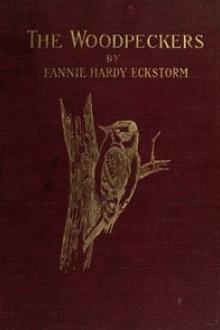
 Free Download
Free Download













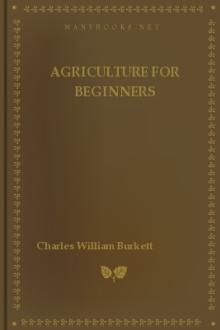
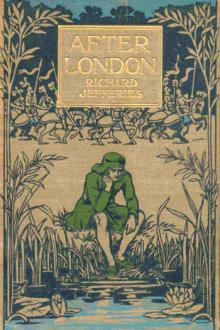
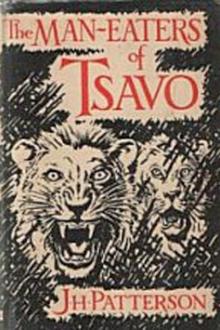






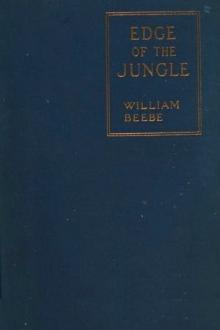
-itok=vcKIB5v1.jpg)